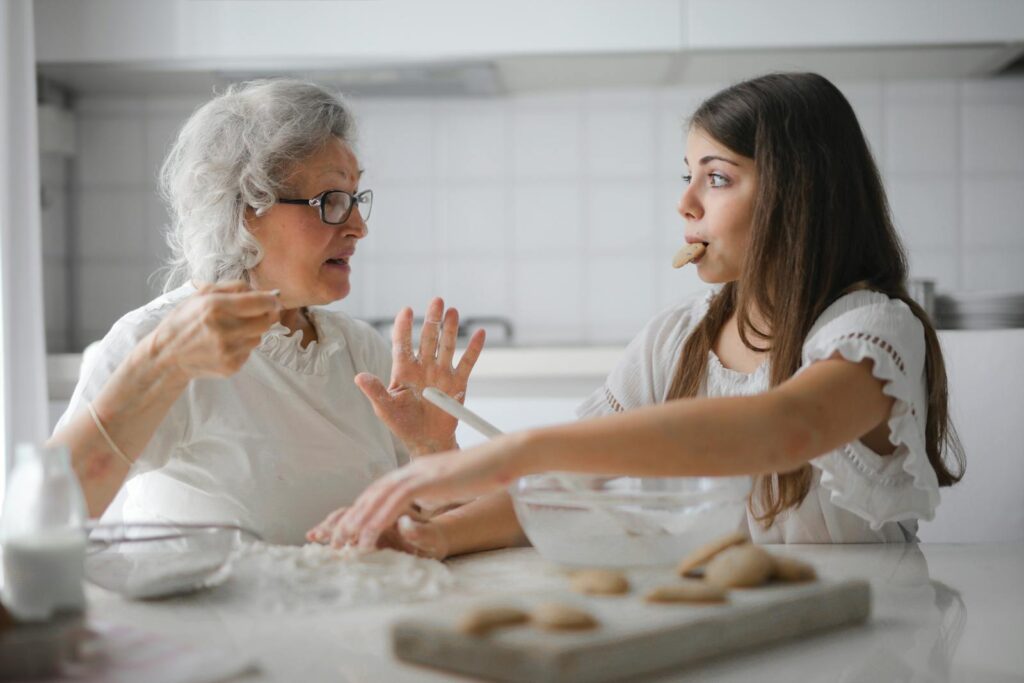Welcoming elderly relative into your home can be a very fulfilling experience, but it requires you to carefully plan beforehand to not hinder their happiness, safety, or comfort. You can do many things from practical modifications to creating a warm welcoming environment, you can take several steps to prepare for them. The following is a guide to help you get started.
Step 1: Assessment of Your Home’s Safety
You should start by conducting a thorough safety audit of your home. Be on the lookout for potential hazards that could cause accidents for example, loose rugs, cluttered walkways, and inadequate lighting. Take high traffic areas like the living rooms, kitchen, and bathroom more seriously.
Another thing that you should do is to consider installing grab bars in the bathroom, use non-slip mats in the shower, and add handrails on staircases. The risk of falls can be reduced through these features while providing your elderly relative with the support they are going to require moving around safely.
Step 2: Creating a Comfortable Living Space
You must choose the right room for them. A room on the ground floor can be the best choice for your elderly relative, if possible. This will make it easier for them to go around the place without having to navigate stairs. Apart from that, you must also ensure that the room is spacious enough for them to accommodate any mobility aids which they might require, for example a walker or wheelchair.

Furniture that is comfortable and easy to get in and out of is recommended. Other good choices may include chairs with armrests, a bed with a sturdy frame, and a nightstand within easy reach. And finally, you must make sure that the room has easy access to a bathroom and that it is well lit.
Step 3: Making the Bathroom Safe and Accessible
One of the first things that you should do is, install grab bars and handrails because bathrooms can be particularly hazardous for elderly individuals. Having grab bars near the toilet and in the shower, and handrails along the walls can help your relative maintain their balance, offering extra support and stability.
The bathroom can become much safer If you can upgrade it to a walk-in shower or bathtub. Walk-in showers or bathtubs are designed in a more accessible way, which reduce the risk of slipping and falling. Another thing that you can add is a shower chair to make bathing safer and more comfortable.
Step 4: Pathways and Lighting
You must make sure all pathways throughout your home are clear and without any obstacles. You can achieve this by removing unnecessary furniture, securing loose rugs, and making sure cords and cables are not in the way.
Another thing that you should do is to improve the lighting of your house, good lighting can prevent accidents significantly. You must make sure all the areas are well-lit, especially areas like stairways, hallways, and entrances. Motion sensor lights in key areas can provide additional illumination if needed.
Step 5: Providing for Their Health Needs
It is very likely that your elderly relative takes medication, setting up a dedicated space where they can store and organize their prescriptions can be very beneficial. A pill organizer can be a good enough start as it can help them keep track of their medications and ensure they take it correctly at the right times.
Keeping your relative’s health needs in mind, you might require arrangement for medical equipment such as a hospital bed, oxygen tank, or mobility aids. Reach out to their healthcare provider to guide you in choosing the right equipment for them.
Step 6: Social Interaction and Mental Well-Being
Designate a specific area in your home where your relative can spend time with family and friends without any hurdles. This could be something as simple as a cozy corner of the living room, a sunlit spot in the kitchen, or a comfortable outdoor area where seating is possible.

Encourage them to spend time with their hobbies and interests. Set up a space for them where activities like reading, knitting, or gardening can be performed. Opportunities to stay mentally active will greatly influence their well-being.
Step 7: Considering Home Care Services
Sometimes, the best option for you in taking care of your senior loved one is to enlist the help of professional home care services. For those looking for home care in Brisbane, 1st Care Community offers a holistic support system that is going to help you fulfill the specific needs of seniors.
Remember, you must look for a home care provider with a good reputation and a wide range of services. The best home care nearby will offer personalized care plans that focus on both the physical and emotional needs of your relative. For residents of Gold Coast, the best NDIS service provider Gold Coast can provide essential support for seniors with disabilities.
Step 8: Seeking Additional Support
You should utilize and take advantage of community resources that are designed for the support of seniors. Programs and services such as meal delivery, transportation assistance, and social activities are offered by many communities. These resources can help your loved one stay engaged and connected.
Another good option is to encourage them to join a support group. Valuable advice and emotional support can be provided by support groups to caregivers and seniors. Connecting and relating with others who are going through similar experiences can help you in overcoming the challenges of caring for elderly relative and finding solutions to common problems.
Creating a Welcoming and Safe Home
Preparing your home for an elderly relative takes more than just physical modifications; it is also about creating a welcoming and supportive environment which will allow them to thrive. By following these steps, you can make your home a safe and comfortable place for your loved one.
If you are looking for professional assistance and support in taking care of an elderly loved one, reach out to us for a free consultation today and we will guide you to make the right choices for them.


